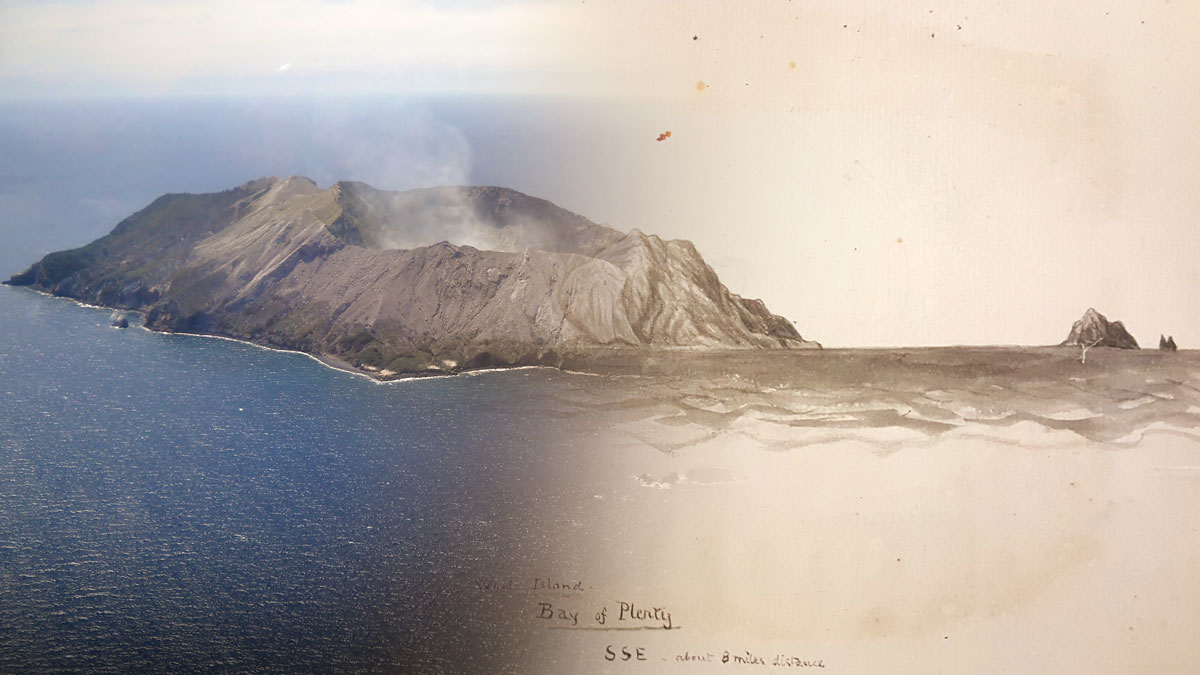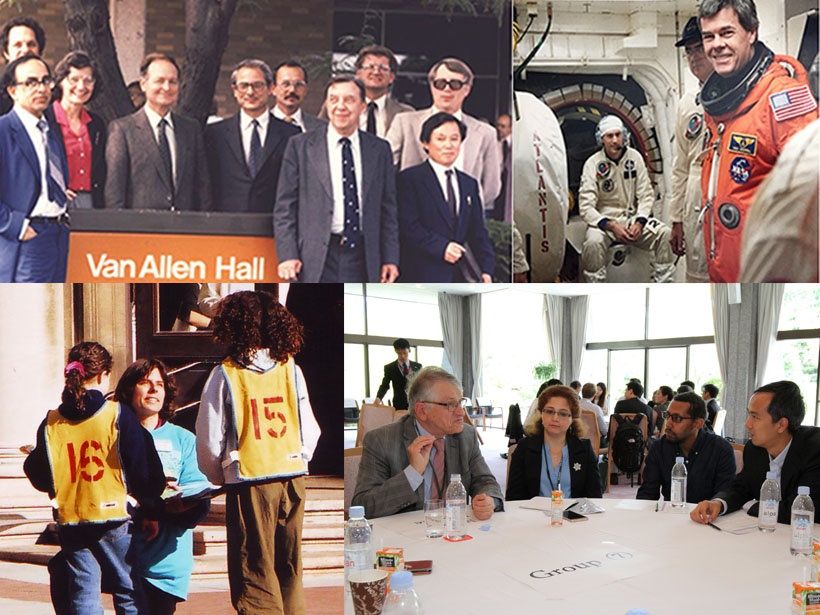When natural hazards strike communities, we may not think science agencies should respond with humor. Researchers suggest that sometimes, however, humor can connect communities and bring smiles.
science communication
Studying Volcanoes through Myths, Legends, & Other Unconventional Data
Studying historic eruptions through a storytelling lens often improves our understanding of and ability to prepare for such events.
The Best of Eos 2021
What Earth and space science stories stood out this year, and what are we looking forward to in 2022?
Telling the Stories Behind the Science
AGU’s newest journal, Perspectives of Earth and Space Scientists, is a collection of memoirs, essays, and insights that present personal perspectives on how different scientific fields have evolved.
Los geomojis traducen la geociencia a cualquier idioma
Pictogramas recién creados tienen como objetivo comunicar fácilmente los términos de geociencia y geopeligro.
Meet Jane, the Zircon Grain—Geochronology’s New Mascot
In a children’s book written by geochronologist Matthew Fox, he condenses 400 million years of history into 34 playfully poetic pages as he follows the travels of a single grain of sand.
Robin George Andrews: “The New York Times Volcano Guy”
Making the leap from science to journalism.
Morgan Rehnberg: The Making of a Museum Chief
From Cassini to #scicomm to showcasing science.
Las mujeres aún no son escuchadas en la conversación sobre política climática
Un estudio de caso en Brasil apunta a una profunda brecha de género que aún debe abordarse en el debate sobre la formulación de políticas.
Climate Litigation Has a Big Evidence Gap
Climate-related lawsuits don’t often quantitatively link the defendant’s greenhouse gas emissions to the impacts on the plaintiff. Better lines of communication between climate scientists and climate lawyers could help bridge that gap.










